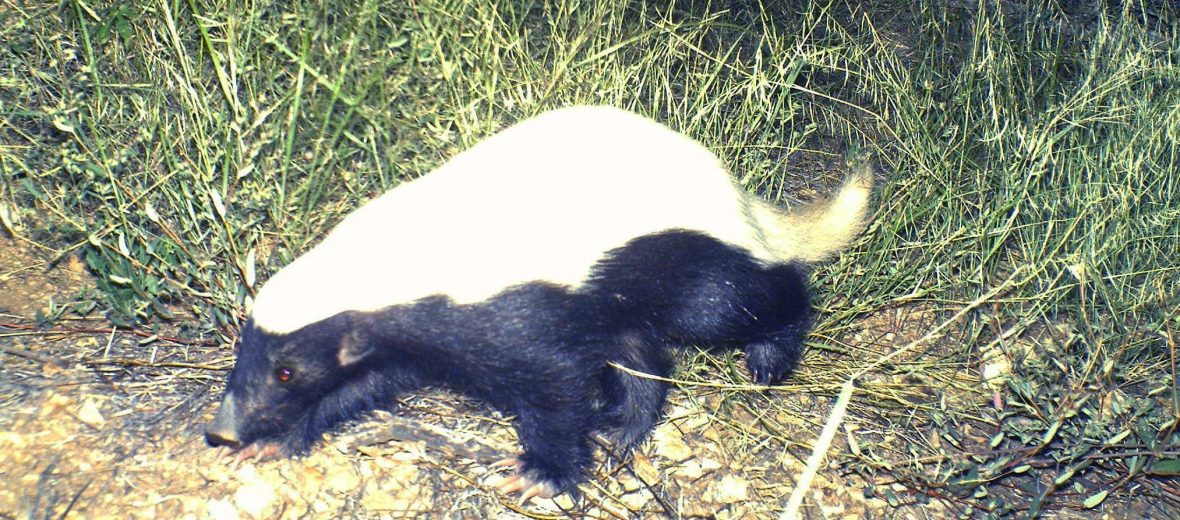
The American hog-nosed skunk, aka rooter skunk, can be found in the southwestern United States, throughout Mexico, and into Central America. They tolerate a range of habitats from mountains, coastal plains, stream sides, canyons, and rocky terrains. They also inhabit open desert-scrublands, mesquite-grasslands, tropical areas, cornfields surrounded by brush near grassy plains, thorn woodlands, thickets of bull-horn acacia, riparian forests, pine-oak forests, and cacti rich habitats. They may face the threats of habitat destruction at the hands of agriculture; territory divides from roads and railways (which result in vehicle strike – being hit with vehicles); invasive species (and with them disease and predation); and pollution, but they are still listed as Least Concern by the IUCN. However, their numbers are decreasing.
First the Stats…
Scientific name: Conepatus leuconotus
Weight: Up to 9.9 lbs.
Length: Up to 36.22 inches, including their tail
Height: Up to 16.14 inches
Lifespan: Up to 8 years
Now on to the Facts!
1.) These are among the largest skunks in the world.
2.) They get the name rooter skunk due to their behavior of overturning rocks and rooting for food.
3.) Like other skunks, they are nocturnal (active at night).
4.) These critters are also solitary and only come together to mate.
5.) Although rare to see, a group of skunks is called a surfeit.
But wait, there’s more on the American hog-nosed skunk!
6.) Hog-nosed skunks have long and sharp claws that are perfect for digging up grubs.
7.) Rooter skunks are also skilled climbers, although they prefer a terrestrial (spend their lives on the ground) lifestyle.
Did you know…?
The spray from a skunk can cause burning, redness, short-term stinging, tearing, temporary blindness, and can cause breathing problems, especially in asthmatics.
8.) They feed on insects and their grubs, small reptiles, amphibians, small rodents, vegetation, fruits, and will raid trashcans in human populated areas.
9.) Typically speaking skunks are all polygynous (1 male mates with multiple females).
10.) Females undergo up to a 60 day gestation (pregnancy) that yields up to 5 kits.
But wait, there’s still more on the American hog-nosed skunk!
11.) Kits are born altricial (blind and generally helpless) but they can crawl about in the den.
12.) The kits are weaned at around 2 months of age.
13.) Skunks are predominantly immune to snake venom, from the snakes in their ranges.
14.) Before spraying, a skunk will typically turn its back to the threat, stomp its feet, and hiss loudly. If that doesn’t do the trick, get ready to be sprayed in nature’s worst cologne.
Now a Short American Hog-Nosed Skunk Video!
This video talks about skunk spray in general.
Be sure to share & comment below! Also, check out the Critter Science YouTube channel. Videos added regularly!
Want to suggest a critter for me to write about? Let me know here.



